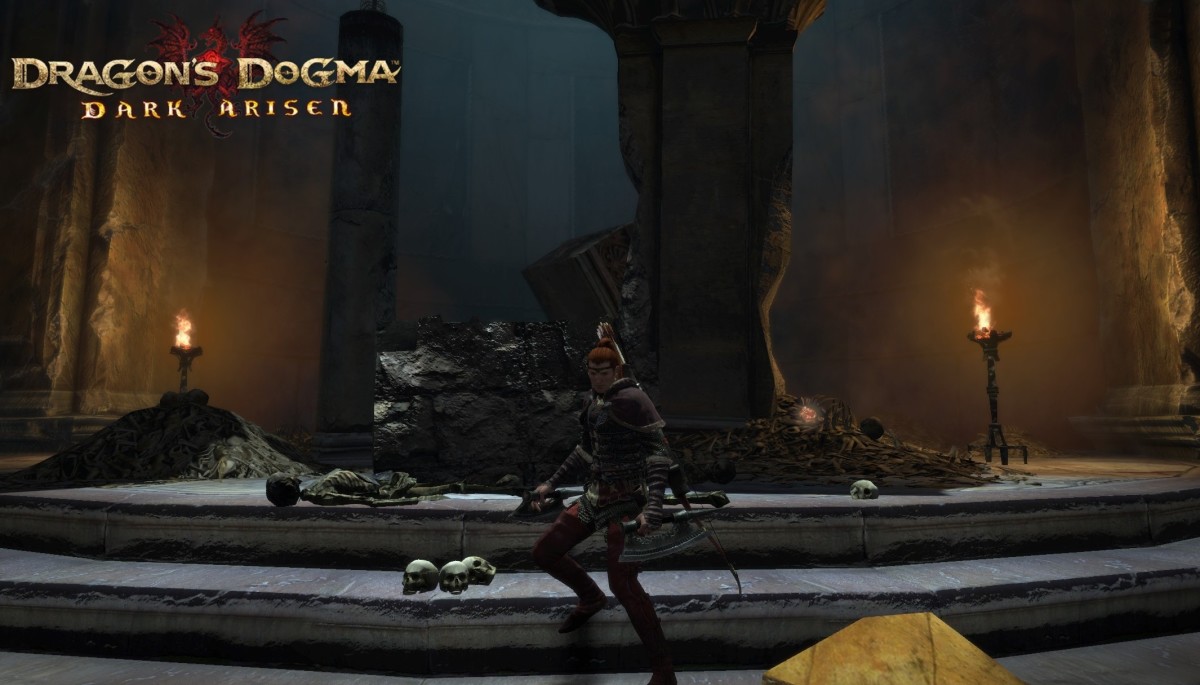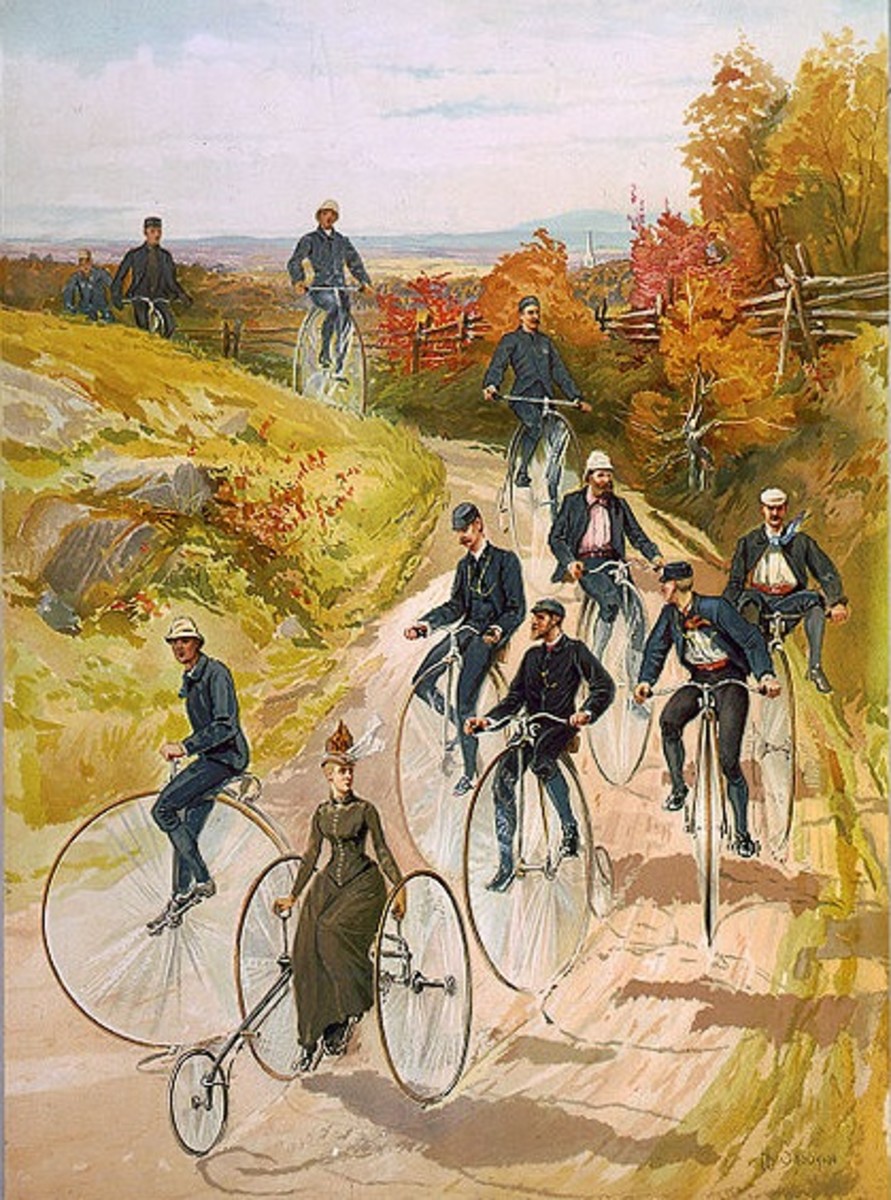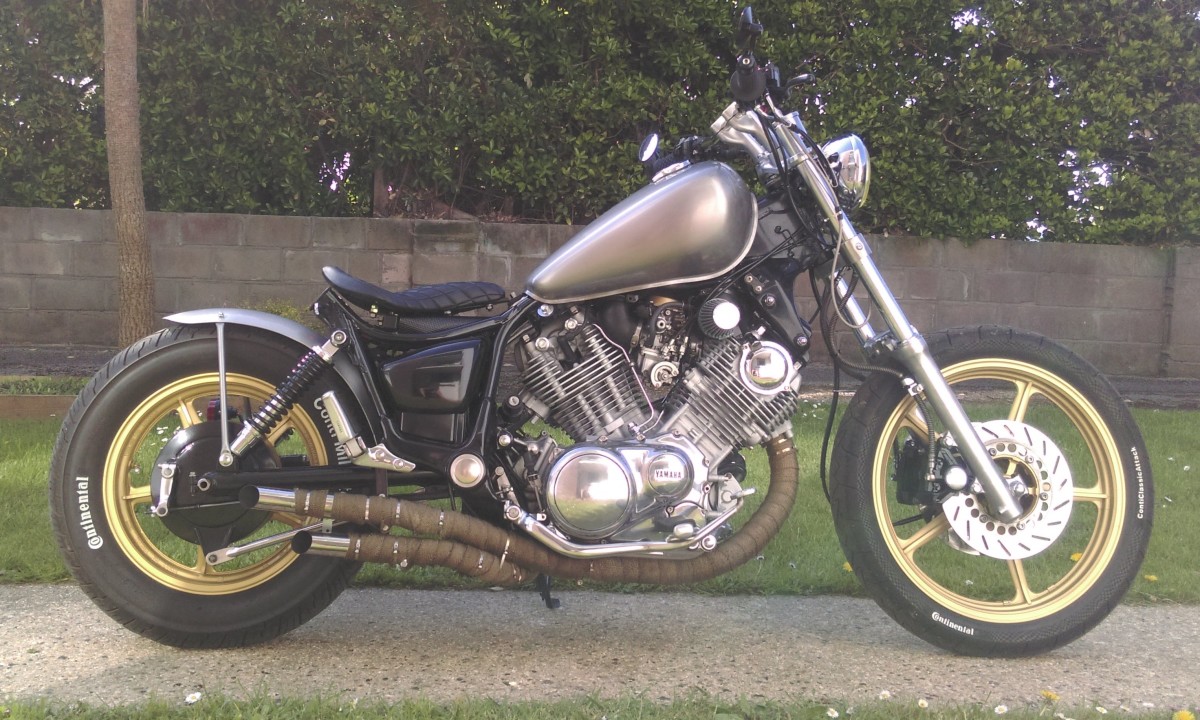Suicide by Bike! The Isle of Man TT Motorbike Race
Triumphs and Tears...the TT
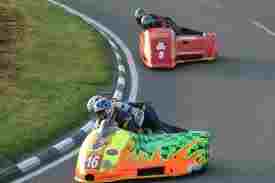
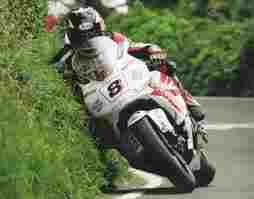


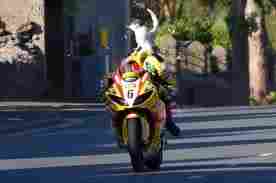
Guts and Glory: The TT!
Visitors to Great Britain this week would have been surprised to switch the hotel TV on and see what appeared to be a computer game in full progress with motorbikes tearing around on public roads at suicidal speeds.
After searching for a game control box, they looked closer and saw that what they thought was electronic wizardry really was gaily garbed riders and their snorting steeds tearing along a ribbon of road which ran between fields, walls, buildings, pubs and clumps of cheering spectators.
They had happened on to the Isle of Man TT, one of the most famous motorbike road races in the world and, indeed, perhaps the most dangerous.
The Island’s murderous race is protected by an act of the Isle of Man’s Parliament, the Tynwald, and as such is exempt from British civil law.
The race has been run since 1907 and in a time period from that date until the Centenary celebrations in 2007, there have been at least 237 deaths among contestants and members of the public trying to imitate the racers, or stumbling, legless, into the way of a juggernaught traveling at 1/5 the speed of sound!
Modern super bikes, eating up the course at speeds of well over 200 miles per hour, through bottlenecks on roads walled in flint and island stone, do make things interesting when a tire blows or an idiot wanders happily onto the track, making his last journey in this mortal coil..
For all that - or because of it - the race is an incredible spectacle. It is a race against the clock, if it were otherwise, the deaths would become unconscionable to anyone.
As it is, ever year multiple injuries are a feature, which is most of them, there is an uproar to have the event banned. Some chance! The meet brings in millions in tourist bucks to the Island and the economy - to a great extent - depends on it.
In today’s world, where extreme sports all bring in their quota of deaths and disfigurement, the TT has become more acceptable.
It is also a great showcase for the leading motorbike manufacturers - Honda took the first three places this year, and does so regularly.
The first race in 2007 was won by a Charles Collier on a Matchless machine. His average speed was just over 38 miles per hour!
The average of the winners today was nearly 130 miles per hour!
The meet of 2007 was the one to have attended, as it went on for a couple of weeks with a true carnival atmosphere and parades of over 100 antique machines, many of which had competed and some of whose riders had ended up in hospital - some to never walk again, never mind feel the throb of rampaging horses under the groin.
The event always commands a large police presence to try and keep celebrants away from the flashing machines, Last year, in 2011, the large number of crashes at high speed had police complaining they thought they were at a war zone! 4 people died and 32 were seriously injured!
The race feature 12 categories of steeds today, from the sleek Super and Formula machines, down to sidecars. Perhaps the bike and sidecar combinations provide the most thrills for the spectators as the side-car rider, holding on with fingertips, toes, and a prayer scrambles from side-to-side to balance the bike on the curves. One mistake from the rider’s partner and the combination would rocket off into fields, hedges, fences or, fatally, flint walls or bunches of spectators. These are nothing like the side-car combinations of old as we saw German dispatch riders in war films. The modern units look more like a streamlined Star-Wars attack machine. No slouches, even the sidecar combos attain speeds of 180, plus, miles per hour!
Many British motorbike race fans remember the greats of yesteryear, like Hailwood, who won 14 TT races, or Surtees, who won just 6. Jumping to the Third Millennium, we have Joey Dunlop with no less than 26 outright wins (and a few nasty injuries as well).
Over the years the race has run, more than 100 riders have won at least one race and had their names included among the luminaries.
All sorts of hazards can upset a racer’s passage around the 37 and ¾ mile course. We mentioned the inebriated who might somewhat deserve a trip to the local hospital. But animals have also paid the price before the mountainous course had the secure fencing it does today.
Take Ian Hutchison, who this year was just winding up to get to racing speed and had just passed the 150 mph mark, when a low flying seagull crashed into him and nearly took his head off! Incredibly, they both survived, although the poor bird had a severely damaged wing and was rushed of by the RSPCA to be patched up.
The Isle of Man lies in the northern Irish Sea, in between Ireland and Scotland, somewhat nearer to the latter.
In the Manx language it is called Ellan Vannin. People have been here as early 7,000 BC. It governs itself, the UK government being responsible for its foreign affairs and defense only.
About 800,000 people call the place home, in an island of 32 times 14 miles. About 1/3 live in the capital, Douglas.
It is a lovely place with plenty of infrastructure for tourists and has mild winters and cool summers…


